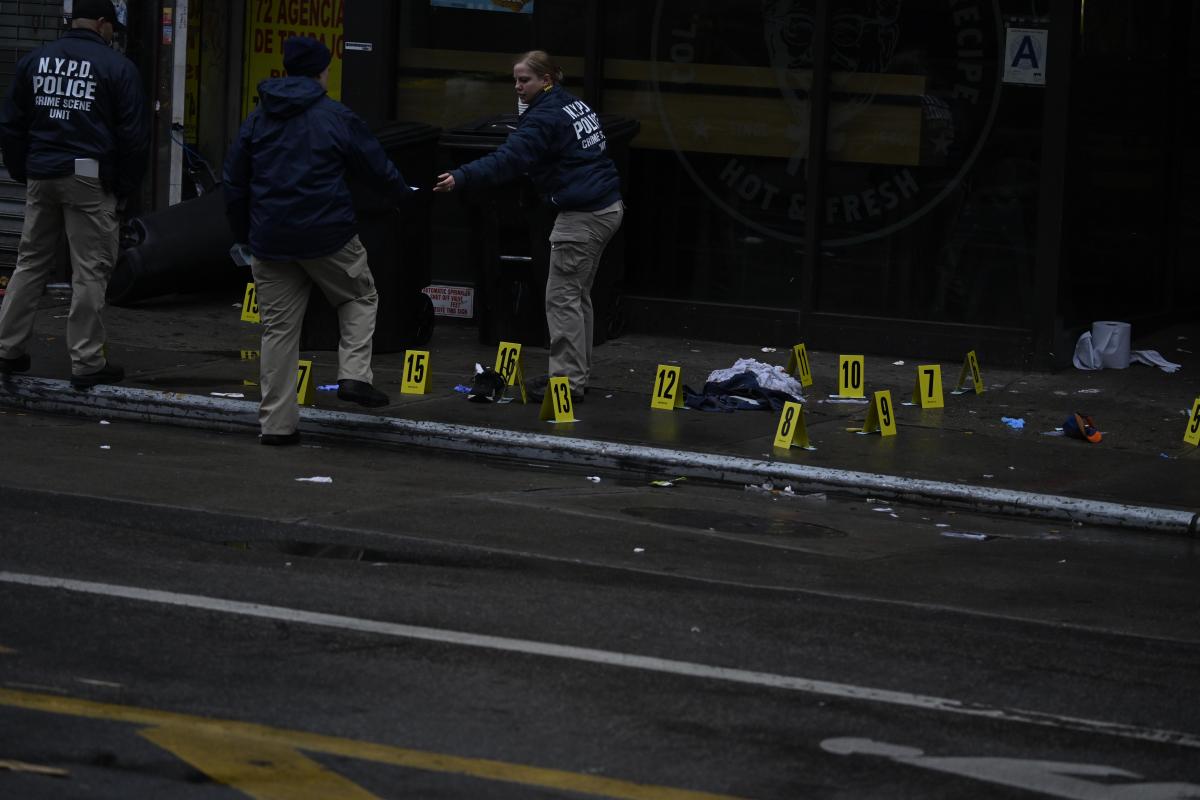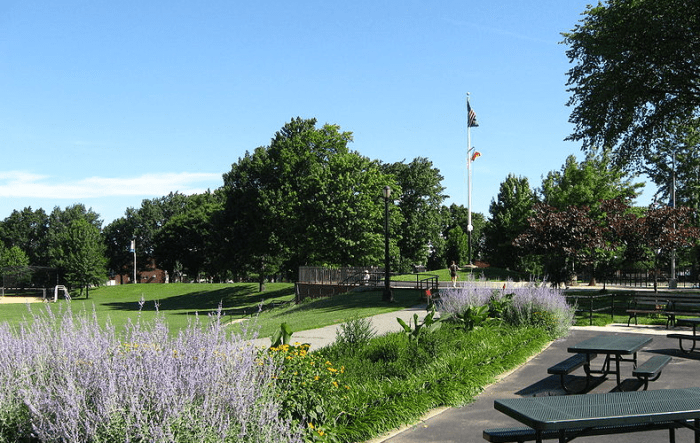By Tammy Scileppi
His work has been described as an archeology of trash.
New Delhi-based artist, Asim Waqif sees beauty and poetry in useful debris, art-related leftovers and urban decay.
And like an archeologist, he likes to examine people’s lifestyle and habits of consumption, so he can create extreme, experimental art by combining junk and high tech stuff.
Waqif recently arrived in New York City and is one of 50 progressive artists from India, whose works will be showcased in a new exhibition, “After Midnight: Indian Modernism to Contemporary India 1947/1997,” which opens Sunday at the Queens Museum.
“After Midnight” seeks to locate the avant-garde within the two historical time periods of Indian history, 1947, when India achieved its independence and the progressive movement emerged, and 1997, when the country celebrated 50 years of sovereignty, said guest curator Dr. Arshiya Lokhandwala.
“The exhibition also highlights a connection with New York City, particularly the 1960s, a moment when [India’s] progressives artists witnessed the western avant-garde practices that took place during that period,” Lokhandwala.
The exhibit also presents a critical reflection on the nation’s past and present, highlighting the current challenges it faces today, as a nation, said the curator.
The ad hoc assembly of Waqif’s massive, freestyle installations and his spontaneous, irreverent artistic attitude challenges art that he perceives as rigid, limited and viewed from a distance, i.e. more traditional, visually pleasing pieces.
His work, therefore, can often be found in unpredictable locations and his spur of the moment style is evident in the interactive architectural intervention he’s been building on site at the Queens Museum for over a week.
Once it’s completed on March 5, the “Enter at your own risk” structure is bound to spark lots of animated conversation, while raising awareness of certain social and global issues the artist is passionate about, including sustainability, consumerism and urban planning.
“I am making a site-specific installation around the grand staircase. It is made of trash left over from the act of displaying art. Mostly from the Queens Museum, but also from art crating companies,” Waqif said. “The installation is integrated with an interactive acoustic system that is designed to reward curiosity, even irreverence towards art. This is a critique of the undue emphasis of preservation of art and cultural artifacts, so much so that the experiential value of art has been eclipsed by its perceived commercial value.”
The multi-disciplinary artist’s creative process remains fluid and open-ended, and he hardly ever makes drawings of his pieces because that would limit his creative vision.
And, while constantly exploring the artistic potential of diverse materials designated as waste, Waqif is always dealing with issues of sustainability and ecology.
“‘After Midnight’ is the third exhibition of Indian art the Queens Museum has mounted in the past 20 years, yet it provides a fresh look at two key periods in that nation’s cultural production,” said Director of Exhibitions Hitomi Iwasaki. “The works on view include three being viewed for the first time and many others making their New York debut, and represent the finest from India, created over the past seven decades.”
Waqif has exhibited extensively in Delhi, Mumbai and Kolkata – usually in abandoned spaces, with his signature site-specific projects. His raison d’etre took shape when as a young man, he made set designs for films back in India.
Fascinated with the light scaffolding used on film sets, the artist was inspired to create his spectacular installation for a show held in Mumbai.
“I think one can speculate on the lifestyle of a people by looking at the trash they generate, almost like archaeology,” said Waqif,
Giving new life to old rubbish takes imagination and vision, and one gets the sense that Waqif wants to see how far he can push the envelope — the boundaries of art — without getting people too nervous. So far, he has been very successful at it and one of his main goals is to bring his work to the attention of folks who wouldn’t necessarily visit museums or galleries.
If You Go
“After Midnight: Indian Modernism to Contemporary India 1947/1997”
When: March 8 – June 28
Where: Queens Museum, New York Building, Flushing Meadows Corona Park
Cost: Suggested — $8/adults, $4/students and seniors, Free/children under 12
Contact: (718) 592-9700
Website: www.queen































